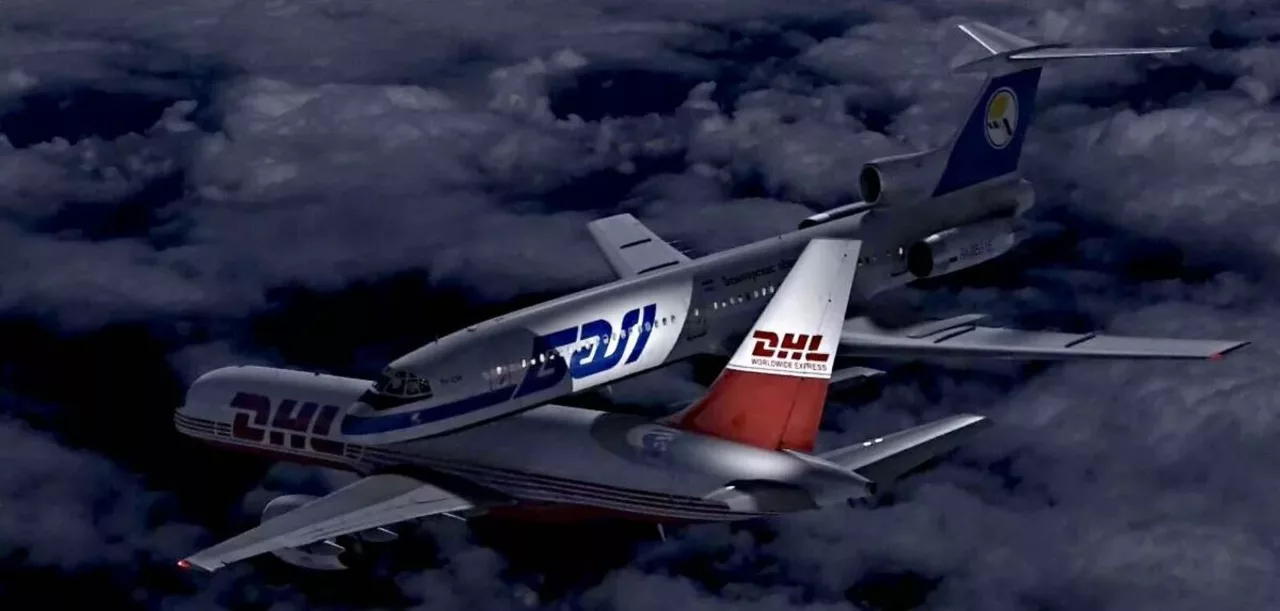What's going on in Indian reservations?
March 1 2023Aviation Safety and Accidents: Understanding Mid‑Air Collisions
Ever wondered if two airplanes can crash into each other while flying? It’s a scary thought, but the odds are tiny thanks to modern safety systems. In this guide, we break down why mid‑air collisions happen, how technology and strict rules keep them from happening, and what you can trust when you’re boarding a flight.
Why Mid‑Air Collisions Are So Rare
Most crashes happen on the ground or during take‑off and landing. Up in the sky, pilots follow set routes, and air traffic controllers monitor every plane’s position. Human error used to be the main cause of mid‑air accidents, but the industry has learned a lot from past incidents. Today, multiple layers of protection make a collision almost impossible.
How Technology Saves the Day
The biggest game‑changer is the Traffic Collision Avoidance System, or TCAS. This onboard radar talks to other aircraft that have TCAS and warns pilots if they’re getting too close. If a conflict is detected, TCAS suggests a climb or a descent to create separation. Pilots are trained to follow these alerts immediately, and the system works even if the ground radar can’t see the planes.
Besides TCAS, there’s Automatic Dependent Surveillance‑Broadcast (ADS‑B). It sends a plane’s exact location, speed, and altitude to both the control tower and nearby aircraft. This real‑time data lets controllers spot potential problems early and give pilots timely instructions.
Air traffic control also plays a crucial role. Controllers use radar and flight plans to keep planes spaced at safe distances—usually at least 5 nautical miles horizontally and 1,000 feet vertically for commercial jets. They issue instructions like “maintain flight level 350” to keep everyone on separate tracks.
Even with all this tech, pilots still need to stay sharp. A quick miscommunication or a missed altitude call can create a risk. That’s why crews run through regular briefings and checklists before every flight. They verify the route, altitude, and any special instructions, reducing the chance of a slip‑up.
Statistics back up the safety story. In the United States, the Federal Aviation Administration reported less than one mid‑air collision per million flight hours for commercial airlines over the past decade. Those numbers are a clear sign that the safety net works.
If a mid‑air incident does occur, investigation teams from agencies like the NTSB (National Transportation Safety Board) dig into every detail—flight data recorders, pilot statements, radar logs—to find the root cause. The findings then shape new rules or technology upgrades, closing any safety gaps.
So, the next time you hear a headline about a plane crash, remember that the overwhelming majority of accidents happen on the ground, and the sky is one of the safest places to be. Modern aviation relies on a blend of tech, strict procedures, and well‑trained people to protect passengers. Knowing this can make your next flight feel a lot less nerve‑wracking.
 1 May
1 May
Can 2 planes collide mid air?
As a blogger, I recently researched the frightening possibility of two planes colliding mid-air. While it's rare, mid-air collisions can and have happened in the past, mostly due to human error or miscommunication. However, modern technology like the Traffic Collision Avoidance System (TCAS) has significantly reduced the risk of such accidents. Air traffic controllers and pilots also follow strict protocols to maintain safe distances between planes. So, although there is a slight chance of mid-air collisions, the aviation industry has made great strides in ensuring our safety while flying.
Read More...



